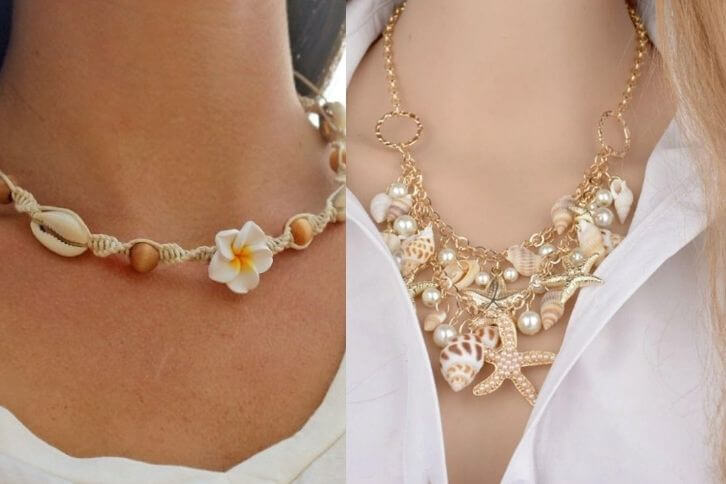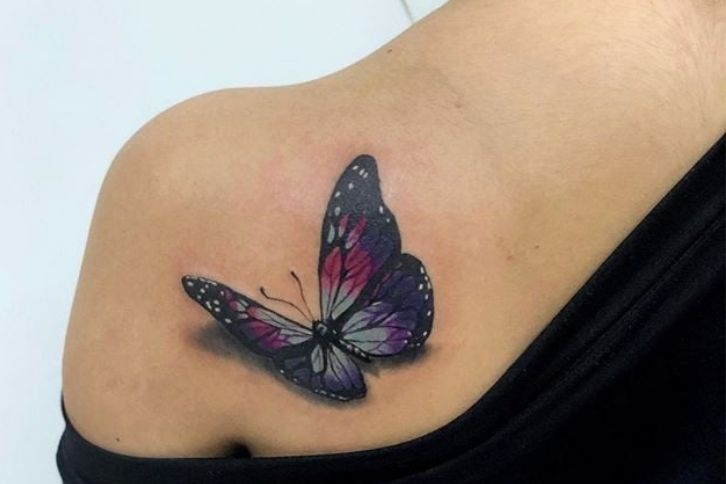There’s a lot of space on your ears to place different kinds of jewelry. Nowadays, few people want the regular lobe piercings anymore, and with so many options out there from the conch piercing to the tragus and daith piercings, it can be a little hard to differentiate them all. A well-curated ear-piercing collection is not complete without a helix piercing. This is done on the cartilaginous upper part of the ears and is gradually becoming a classic piercing option.
Any piercing done on the upper cartilage of the ears is called a helix piercing. It is simply the perforation of the upper cartilage to wear jewelry and for aesthetic purposes. There are a variety of helix piercings:
- The standard helix: this is a piercing made on the upper outer cartilage.
- The forward helix: follows the cartilage curve to the side of the face above the tragus where your ears connect with your temples, and this is where the piercing is made and decorated with nice jewelry that looks cute.
- The double or triple helix: if you choose to perforate two or three helix piercings close together it becomes a double or triple helix piercing. The name is gotten from the nature of the piercing — the number of the same piercing you have on one ear.
How painful is a helix piercing?
It is a bit hard to say how painful getting a helix piercing is because the threshold for pain is different for people. The pain is also relative to how skilled the piercer is. The procedure should just feel like a pinch as the pin goes through your cartilage. The pain should disappear as soon as the process is done.
Like all other cartilage piercings, it is quite painful, especially later. You will most likely feel pain during the procedure and during the healing process so keep that in mind. You can take comfort in knowing that it isn’t the most painful piercing spot on your body.
Healing process
An ear cartilage piercing takes longer to heal than a normal lobe piercing. The healing period is dependent on your lifestyle and care process. The expected healing time frame is between three to six months. Although, some people’s piercing may take up to 12 months due to their skin and immune system, others may encounter certain things that slow down the healing process, like a bad aftercare routine. However, since our body heals at its own pace, you will know when you fully healed as you won’t feel any more pain or soreness.
View this post on Instagram
Aftercare
You should always keep the piercing clean. For this, use a saline solution — salt and water — twice a day with a cotton swab to gently clean the area. Do not touch the jewelry until you’re sure that the area is healed; changing out of jewelry too early after getting the piercing done can prolong your healing process.
Although it can be quite hard to do keep anything away that will cause friction with the piercing such as hats, hair, headphones, and the likes. Avoid sleeping on your pierced ears, this will be easy to remember because it will be painful when you sleep on it.
Side effects of getting a helix piercing
There are minimal side effects when you follow your aftercare routine judiciously. Other than unpredictable skin reactions and allergies, these side effects can be avoided.
Infections: Symptoms of an infection are swelling and tenderness which can lead to the discharge of yellowish pus. If you notice any of these signs, then you may be having an infection that is caused by a foreign object introducing a bacterium to the spot. This can be avoided by carefully following your aftercare routine.
Scars: Scar marks may develop during the aftercare and healing process if the ears get too irritated. If you notice anything out of place, visit your piercer as soon as possible.
Keloids: These are painless scar tissue that forms over the pierced spot due to the trauma caused by the piercing process, as an act of defense. They range in size and do not look good on the ears.
These side effects can also be caused by getting your helix piercing done at a salon with unhealthy practices, so do proper research before making your choice.
If you want to get a helix piercing, this article should have made you well aware of all you need to know before piercing the upper cartilage area of your ears. Treat the healing piercing as you will treat your eyes. Take proper care of the piercing so you don’t slow down the healing process. As the days go by, the piercing will heal nicely. If you notice it is not, please seek out your piercer or get medical attention.
Even though we’re sure you can’t wait to try out all the cute jewelry you have lined up, wait until you are fully healed before doing so. For the first change, get assistance from your piercer. Style your piercing and show off your personality through your piercings by rocking all the charms and dazzling jewelry that you love.






















About Me
Fashion & Beauty Enthusiast
Hi, I'm Fanti. I'm a fashion, beauty, and lifestyle enthusiast, and the ultimate curves queen. Here, I share beauty, fashion, and lifestyle tips to teach, inspire, and give confidence to all women.